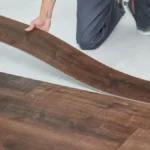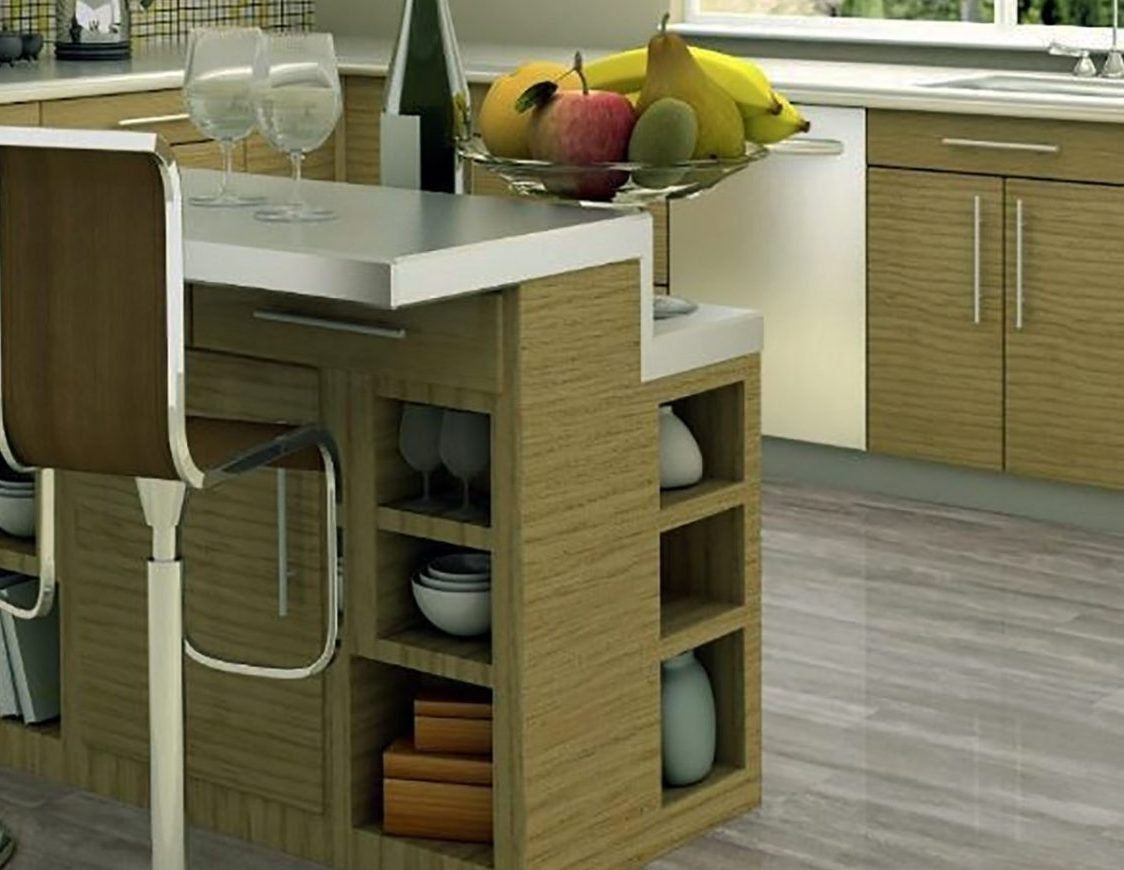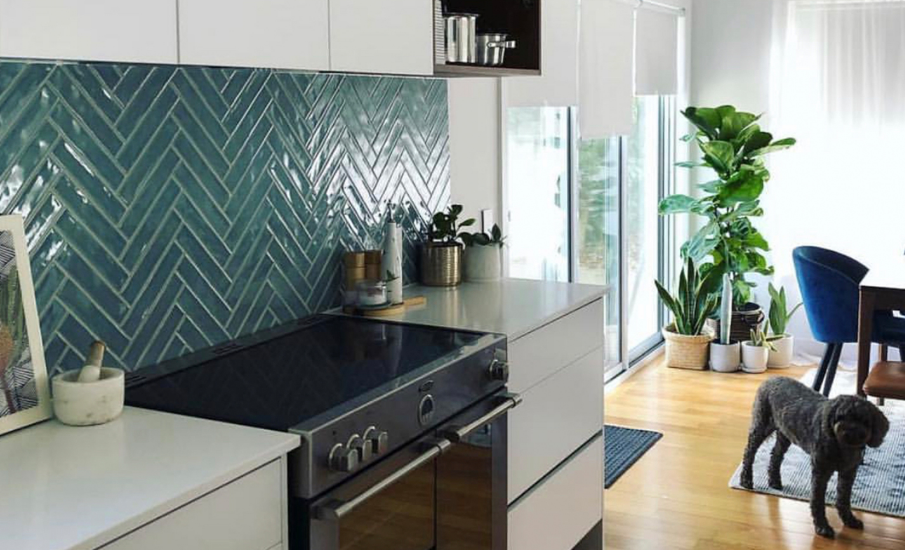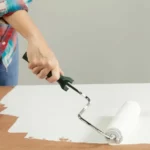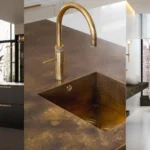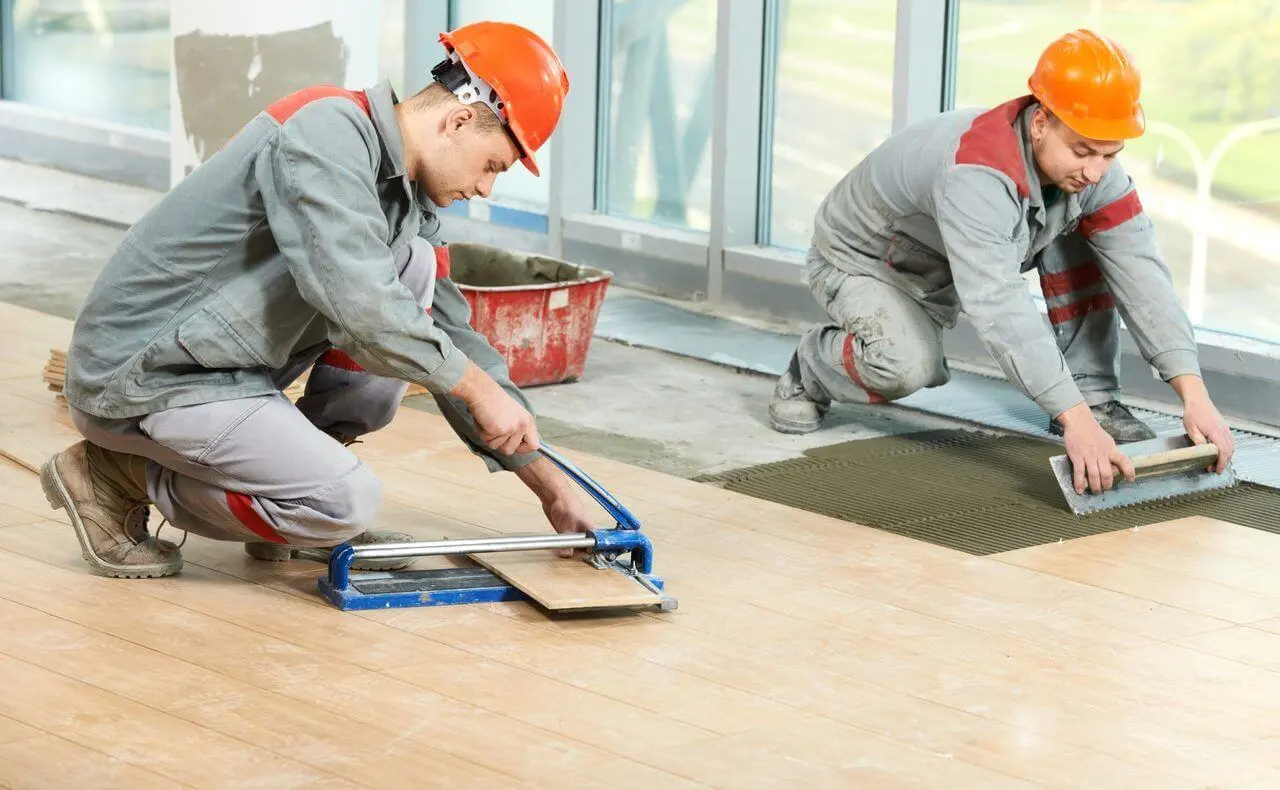Especially in the winter months, there’s nothing quite as luxurious as underfloor heating. Underfloor heating is an efficient way to heat your home and will keep your feet pleasantly warm across the whole floor of a room.
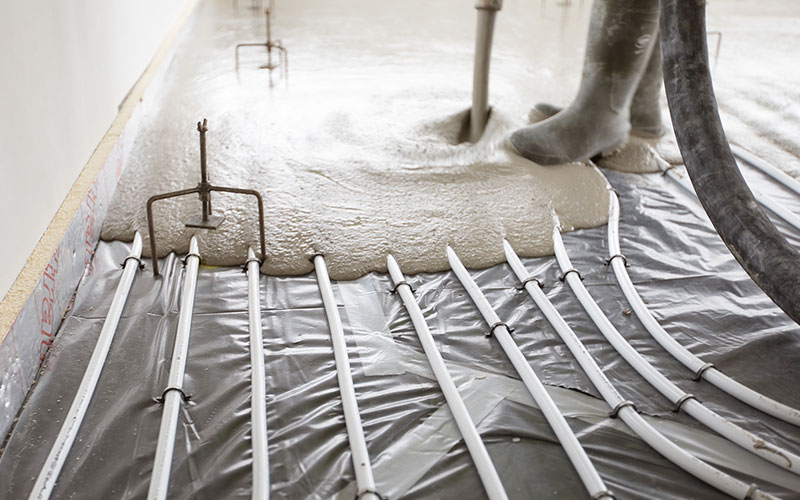
However, many things can go wrong during the installation. In some cases, this might result in less efficiency than you hoped for. Worse outcomes include cracking or collapsing screed, which may, in turn, break your floor tiles. We don’t need to tell you just how much hassle and cost this can end up causing.
In this article, we’ll look at some best practices for combining underfloor heating with a liquid screed in Bristol. That way, you can rely on cosy warmth during those cold winter days and say goodbye to your heavy slippers!
Why Might Underfloor Heating Fail?
Failures with underfloor heating can often be attributed to the following causes:
- No one considered the floor layout at an early stage
- You didn’t think of the final floor finish
- Something went wrong during the installation of the UFH system or liquid screed
- The screed didn’t dry for long enough
- The screed mix had the wrong proportions of materials
- There was excessive moisture in the screed
- The floor structure moved since the installation
- The initial design of the underfloor heating was incorrect
Designing and Installing Liquid Screed in Bristol for Underfloor Heating
There are two types of screed that you can apply to your floor. First, you might use a semi-dry cement mixture, the more traditional way to screed a floor.
Or you can use modern liquid screed, which presents many new advantages.
When properly installed by Flooring Screeding Contractors in Milton Keynes, Liquid screed is the perfect solution for underfloor heating.
Here’s why:
- Liquid screed is self-levelling, so it produces an incredibly smooth and even surface on which floor tiles can be installed. This ensures no part of the floor will sink or crack away later.
- Liquid screed is fast-drying, making it possible to continue with the project sometimes as soon as 48 hours after screeding. This also ensures you can be sure your screed has adequately dried to not damage underfloor heating later.
- The liquid screen flows evenly around the pipework of Underfloor heating. This ensures there are no air pockets, which reduce the efficiency of heat distribution.
Whilst Liquid screed is slightly more expensive than the traditional cement mixtures, it is much more compatible with underfloor heating. It can prevent issues later down the line!
Floor Screed Best Practices for Underfloor Heating
Consider the following best practices for floor screed to work correctly with underfloor heating.
- Substrates must be level and not have any pockets or high spots so that the thickness remains even. This is why it’s best to use Liquid screed in Bristol!
- Allow for movement due to thermal loadings around all edges of the screed. This is done with an edge strip that should match your manufacturers’ recommendations.
- Insulation should be tightly butted together and level.
- Don’t walk on screed during the drying period.
- Use screed that can accept any floor tiling
- Don’t construct your underfloor heating and screed during cold times below 5 degrees.
- Moisture test the screed. This should be done after the UFH system is commissioned but before any floor tiles are put down. Use a flooring hygrometer or carbide bomb test for this purpose. Note that your Underfloor heating should be switched off for 96 hours before you carry out any moisture tests.
- Make sure the screed is correctly mixed. In the case of Liquid screed, your trusted contractors can supply the screed pre-mixed, so it only needs pouring!
- Finish screed by sanding it and applying primer. Sanding will allow the primer to properly sink in and seal the screed against moisture. Before using the primer, ensure that all dust and debris have been removed. Any such debris could prevent adhesion.
- Ensure complete contact of the tile and adhesive. The tile should compress the adhesive to ensure it sticks in place entirely and creates no voids.
Get the Best Results out of Underfloor Heating
Underfloor heating is an investment, but it will keep making you warm and happy for years to come and can efficiently heat your home. To get the best results, it’s vital to mind the best practices we discussed and get a professional involved. Whilst you can lay cement screed yourself, liquid screed is a more modern and much more beneficial solution. This is especially true when UFH systems are involved.
UK Screeds LTD is the leading contractor for floor screed and underfloor heating in the UK. We lay an even and enduring liquid screed and design Underfloor heating systems to work smoothly with our screed.
Get in touch with us today to learn more about our services.

Melissa Day is a dedicated home blogger who has been blogging for over six years. She covers everything home related. Melissa also loves writing posts about her travels to Europe with her husband and two children.

